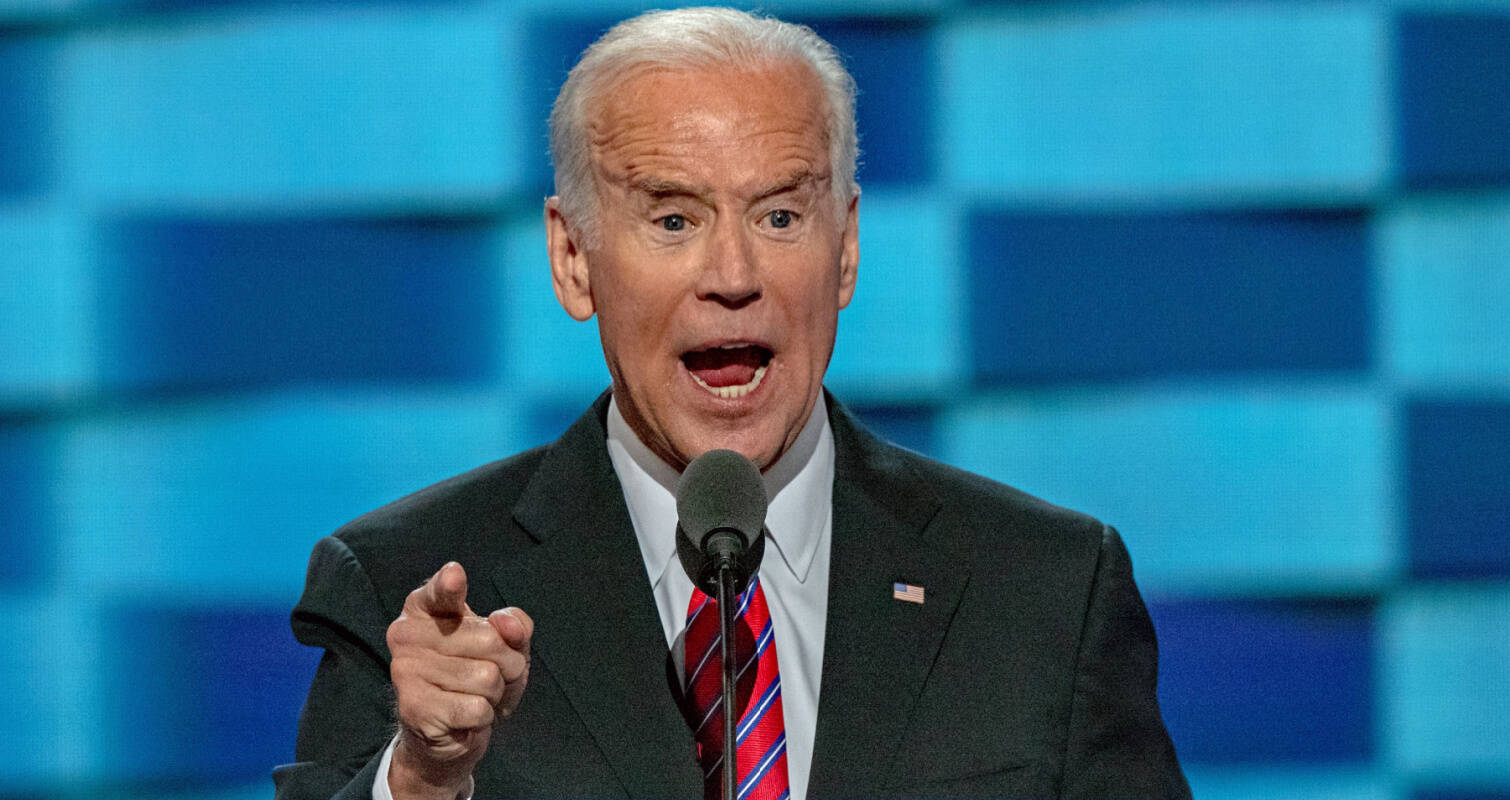Intel, TSMC, Samsung, and other semiconductor foundries stand to receive billions in American taxpayer funding under the CHIPS and Science Act to expand fab capacity on US soil, according to documents released by the government’s Commerce Department.
Crucially, there are a few catches.
While the rules [PDF] for obtaining the subsidies, laid out Tuesday, don’t put a cap on how much funding any one company can request, the Dept of Commerce expects disbursements to range from 5 to 15 percent of chipmakers’ capital expenditures.
This means Intel could receive anywhere from $2.5 billion to $7.5 billion for its Arizona and Ohio fab projects. Meanwhile, TSMC and Samsung, which are building component factories in Arizona and Texas, would receive anywhere from $2 billion and $6 billion and $850 million to $2.55 billion respectively.
And the actual disbursements could end up being higher. Applicants can request subsidies and loan guarantees, although the Commerce Department doesn’t expect this to exceed 35 percent of the project’s capital expenditures. But for Intel, which has already committed to spending more than $50 billion in US foundry projects, it could potentially amount to $17.5 billion in subsidies and loans.
We’re told the CHIPS Act ring-fenced $53 billion to boost America’s chip industry, $39 billion of which is destined for semiconductor incentives, $13.2 billion for “R&D and workforce development,” and $500 million to “strengthen global supply chains.”
No free lunch
As you might expect from any government handout, terms and conditions apply.
One key point is a provision requiring chipmakers receiving more than $150 million in direct funding, to “share with the US government a portion of any cash flows or returns that exceed the applicant’s projections by an agreed-upon threshold.” This is coupled with a financial reporting requirement which requires applicants to provide detailed assessments of projected cash flows, return on investment, and profitability of any site as part of their fund request.
However, it’s not clear exactly how this would work. The provision is clearly intended to recoup taxpayer dollars from successful investments. However, it could encourage chipmakers to skew their financial projections to be overly optimistic, so as to reduce the likelihood they’ll have to pay Uncle Sam back.
We’ve asked for clarification from the Commerce Department on how they expect the provision to play out in the real world. We’ll let you know if we hear anything back. Until then, Uncle Sam pledged any collected profits “will be used to further the objectives of the CHIPS Act and strengthen the US semiconductor ecosystem.”
The tangled web
Sharing profits is hardly the only string attached to the CHIPS subsidies, which are intended to improve the robustness of America’s semiconductor supply chain. The application process is littered with caveats.
In order to qualify for federal funds, applicants must first secure state or local government support. Chipmakers receiving more than $150 million in direct funding will also be required to provide the people building and working in their facilities with access to affordable childcare. Though as we reported earlier this week, what constitutes “affordable” may not align with worker’s expectations.
There are also financial considerations. Many chipmakers have poured billions of dollars into stock buybacks and dividend programs benefiting shareholders over the years.
Intel for instance has spent nearly $100 billion on stock buybacks in recent history. The silicon giant has moved away from the practice under CEO Pat Gelsinger and last week slashed shareholder dividends for good measure.
Under the new rules, chipmakers won’t be allowed to funnel CHIPS dollars into stock buyback programs. Applicants will also be required to detail their intentions for stock buybacks over the next five years and include a statement as to whether they’ll limit or abstain from them. It appears that the Commerce Department will prioritize projects from chipmakers that agree to forgo stock buybacks.
“We are committed to protecting taxpayer dollars, strengthening America’s workforce, and giving America’s businesses a platform to do what they do best: innovate, scale, and compete,” Secretary of Commerce Gina Raimondo said in a statement.
Companies can begin submitting their applications for funding starting today for foundry and semiconductor packaging projects. The Commerce Department says it’ll expand the funding to semiconductor materials and equipment vendors this spring, and research and development facilities in the fall.
In a move that should surprise no one, given Biden’s crusade against China’s domestic semiconductor industry, his administration has also included a mandate barring chipmakers from engaging in any joint research or technology licensing efforts with a “foreign entity of concern.” Cough, cough, China, Russia. Additionally, chipmakers must agree not to expand their semiconductor presence in those countries for a period of 10 years.
Chipmakers caught flouting any of the rules, particularly those involving China, could be forced to return the funding.
“Applicants will be held to commitments they make in their application by the terms of their aware, and failure to comply may result, depending on the circumstances, in the withholding of payments, the termination of the aware, and/or the return of funds, among other potential remedies,” a NIST fact sheet detailing the application process reads. ®





















Discussion about this post